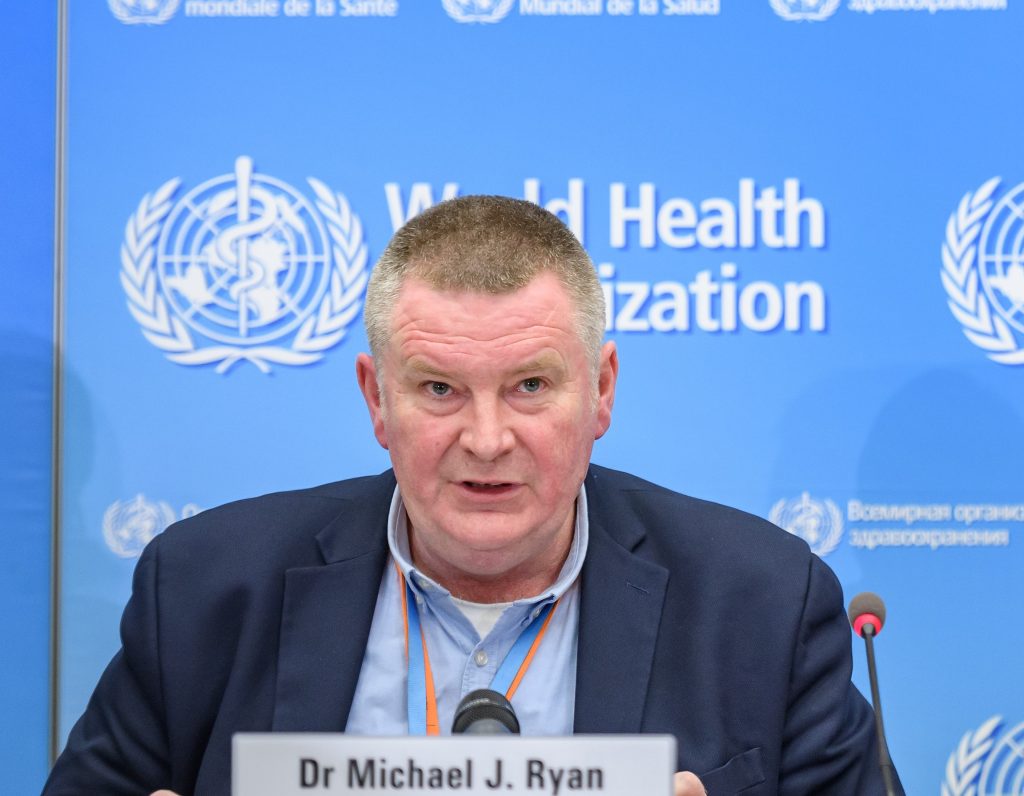Even if a vaccine against the coronavirus were quickly developed, manufacturing and distributing it could prove extraordinarily difficult, according to the head of the World Health Organisation’s (WHO) emergencies programme.
Dr. Michael Ryan said on Monday the development process is important, but manufacturers must begin planning to scale up manufacturing capacities to meet global demand when a successful vaccine is discovered.
To date, there is no approved treatment for or vaccine against infection with the coronavirus. Over two dozen companies have announced vaccine programmes; at least three candidates already are in human clinical trials.
Dr. Anthony Fauci, director of the National Institute of Allergy and Infectious Diseases, said a vaccine is at least 18 months away, while other experts say even that timeline is optimistic.
Billions of people across the world eventually may need vaccination against the coronavirus. Modern vaccines, created with DNA and RNA, require specialised facilities; it is not clear who could make them.
“We’ve worked for over 20 years trying to ensure that products like vaccines are distributed in emergencies on the basis of epidemiological need,” Dr. Ryan said at a news briefing. “We intend to do exactly the same here.”
It will be also important that vaccines go where they are most needed, not simply to the nations that can afford them. That’s why, the WHO is working with government leaders and nonprofits NGOs like the Bill and Melinda Gates Foundation and the Coalition for Epidemic Preparedness Innovations to ensure that means for equitable vaccine distribution are in place when the time comes, Dr. Ryan noted.
The WHO has a long history of distributing vaccines to nations in need, including the meningitis, yellow fever, cholera, and polio vaccines. However, mass vaccination campaigns are still logistically difficult and often met with resistance in the community, he added.
“As a global health architecture, we’re not very good at delivering vaccines in people other than children — in adults,” Dr. Ryan said.
“If this is to work, it will require one of the greatest scientific, one of the greatest political, one of the greatest financial, one of the greatest public health operations in a generation,” he noted.
